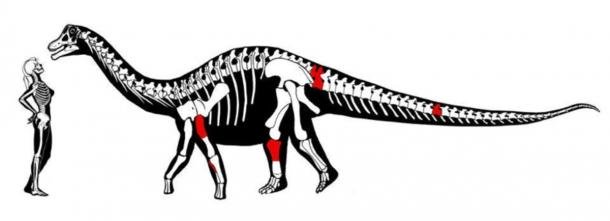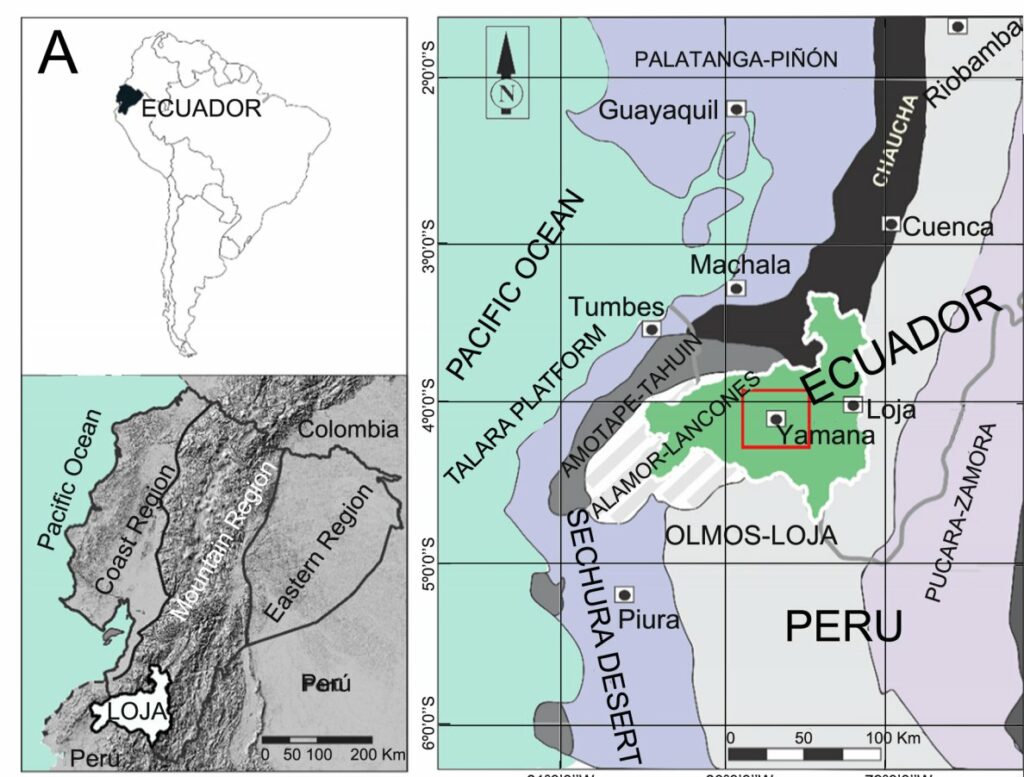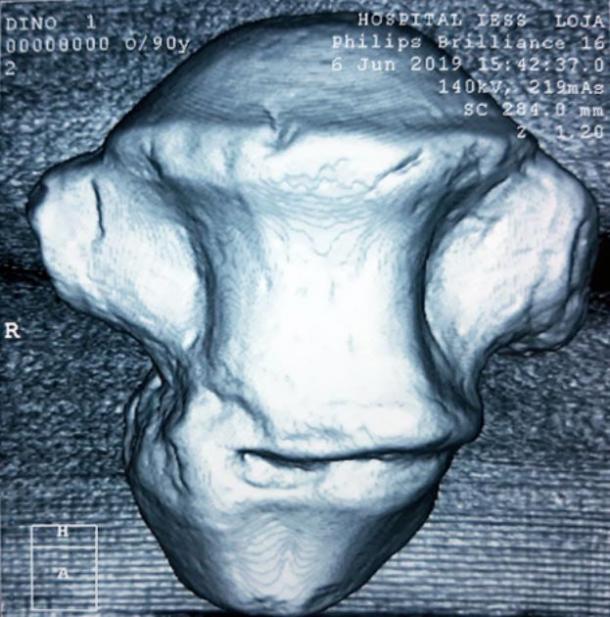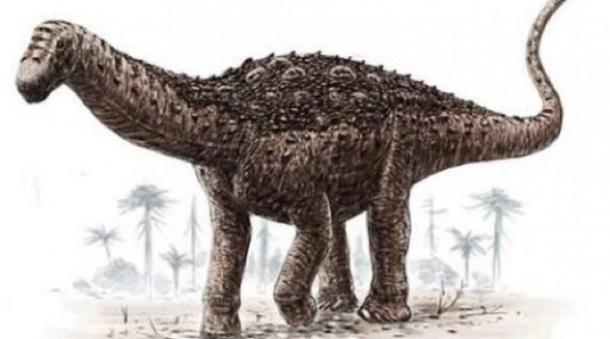A Titanosaur in Ecuador? New Dinosaur Discovered!
Ecuador has found the fossils of a previously unknown titanosaurus. The medium to small-sized dinosaur lived 85 million years ago, during the Upper Cretaceous period.
The remains have been found in the province of Loja at the southern end of the country. It is the first time in the history of dinosaur fossils and the northernmost example of its sauropod subfamily to date have been found.
The fossils of the titanosaur, called Yamanasaurus lojaensis, are the first of their kind and were discovered by a farmer in rocks of the Río Playas Formation in the Yamana parish. According to a report in El Universo , the fossils were passed along until they eventually became state property.
In August 2018, Argentinian paleontologist Sebastián Apesteguía of the University Maimónides was called in by professors John Soto, José Tamay, and Galo Guamán at the Technical University of Loja (UTPL) to give a conference and provide an expert’s opinion on the fossils.
Apesteguía told El Universo that he was asked to verify if the fossils came from a dinosaur and if he could tell the professors anything about the long -extinct creature . He could and did.
“It was a shock” Apesteguía said “the material they showed me was incredible because it is clearly the last two sacral vertebrae of a titanosaur.
Later my colleague Pablo Gallina and I were able to find out exactly what kind of titanosaur, but at that moment there was no doubt in my mind that it was a medium to small sized dinosaur.”
A paper on the discovery in Cretaceous Research states that altogether the Yamanasaurus lojaensis fossils include “a partial sacrum, a partial mid-caudal vertebra, and several associated limb bones” and the “Morphology, size, and age suggest that Yamanasaurus is closely related to Neuquensaurus, being the northernmost known by far.”

Technical processes were then carried out in Loja and analyses of the results in Buenos Aires . When the vertebrae were examined, the experts were able to make a particularly useful find – not the presence of chambers, which are more commonly found in a saltasaurus titanosaur (a titanosaurid sauropod dinosaur from the Late Cretaceous period with fossils found in Argentina), but a texture that was more sponge like.
This means that the animal was more similar to a Neuquensaurus australis (a genus of saltasaurid sauropod dinosaur that is from the same period but has left fossils in both Argentina and Uruguay).

And with this information in hand, Apesteguía told El Universo that the image of what the dinosaur looked like became clear:
“The comparison of the vertebrae, especially the caudal [tail] vertebrae of the Neuquensaurus, to the Patagonian saltasaurus, they have exactly the same form and size.
That means the animal is identical to Neuquensaurus, including the internal structure of the bones. So, it wasn’t necessary to invent much.
It’s pretty much placing the parts we have of the Yamanasaurus on the skeleton of a Neuquensaurus. It’s really rather simple. They are practically identical.”

The researchers believe that the titanosaur was an herbivore that likely ate from smaller trees. But what does Apesteguía mean when he says that Yamanasaurus lojaensis is a medium to smaller-sized dinosaur? In this case, it refers to a creature that measured approximated six meters (19.69 ft.) long, was robust, and had a protective shell, according to El Comercio .
Its skin was also probably covered with tiny bones to provide further protection from predators. The reconstruction of Ecuador’s first known dinosaur was created by Argentinian paleoartist Jorge González.

Apart from being Ecuador’s first known example of dinosaur fossils, the significance of this discovery has a wider reach. Apesteguía told El Universo that the find provides another detail on the knowledge of dinosaurs that lived in the region, “It’s the first in Ecuador and scientifically it’s the most northern, most boreal, example of a saltasaur that we have found.
Until now, the most northern was in the north of Argentina. But suddenly there’s a jump and we find the same type of animal from the same time period in Ecuador.”
Experts are aware that the lucky discovery of the titanosaur fossils may mean there are more to find in the area, so they’re already planning for a search, according to El Universo.
But there are very real concerns that if the proper authorities don’t act quickly they may lose out to others finding fossils and selling them on the black market before the experts even start their search.






